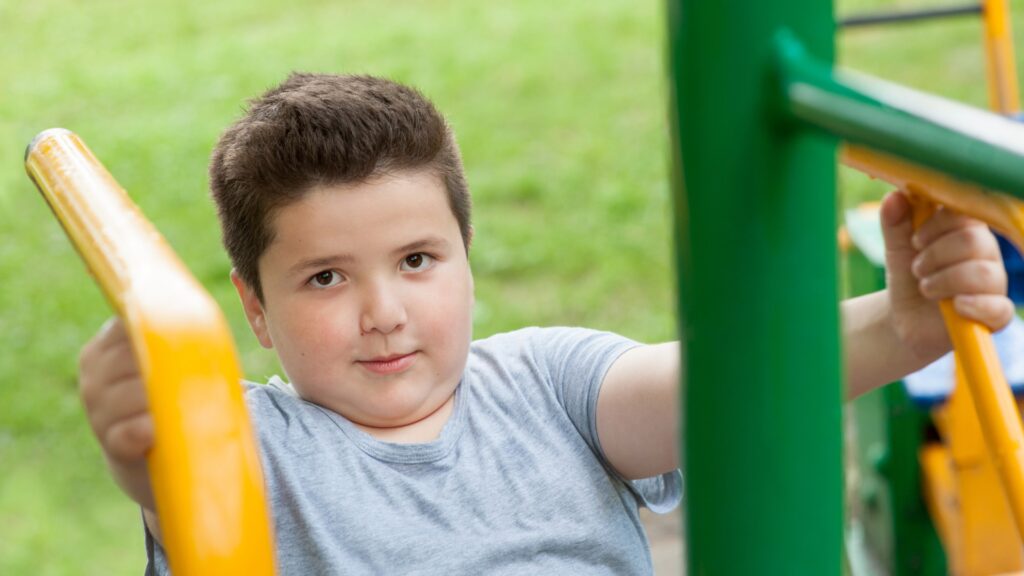Attention Deficit Hyperactivity Disorder (ADHD)
Individuals with Attention Deficit Hyperactivity Disorder (ADHD) often experience behavioural and cognitive challenges, with evidence showing that those with ADHD may even experience greater cognitive benefits from a dose of exercise than those without ADHD.
Exercise has powerful effects on brain function and structure and can be effective for individuals with ADHD. Evidence suggests a positive association between increased physical activity and ADHD symptoms, particularly behavioural and cognitive improvements.
Currently, medication and behaviour modification techniques are commonly used to manage the symptoms of ADHD. Physical activity and exercise can help to support these treatments and can have multiple physical and mental health and well-being benefits for children with ADHD.
Home / ADHD

Exercise and ADHD
The mechanism behind the role of exercise for young people with ADHD can be due to the changes in brain structure, enhanced neurotransmitters and arousal regulation that exercise promotes.
Exercise may influence ADHD symptoms by increasing the availability of a particular neurotransmitter in the brain (Monoaminergic Catecholamines). Research suggests that exercise naturally stimulates the brain in a similar way to commonly used medications.
Exercise may also be particularly effective for young people struggling with medication and/or behavioural interventions, as exercise comes without negative side-effects.
ADHD and young people
Young people who have ADHD can often experience reductions in executive function (working memory), behavioural inhibition, goal-oriented activity, and emotional regulation. Regular, moderate-to-vigorous exercise has been found to be associated with the following cognitive benefits:
- Improved brain processing speed
- Improved working memory
- Greater planning and problem solving ability
- Improved attention
- Reduced anxiety
Similar to the effects of medication, cognitive processes and behaviours return to pre-exercise levels once the exercise-induced effects on the central nervous system pass. Evidence suggests that both cognitive performance and memory storage and retrieval may be enhanced immediately after exercise.


Things to remember
Young people with ADHD are often less likely to participate in organised sport and regular physical activity. This may be due to a number of reasons, ranging from difficulties associated with ADHD symptoms, which may make inclusion and participation challenging. Other barriers may include reduced confidence or interest due to difficulty with movement planning or motor skills, which are also common amongst individuals with ADHD. Whichever the reason, they are at the same risk as their age-matched peers for a multitude of negative health implications associated with inactivity.
From evidence, we know young people with ADHD will see the same gains in muscular capacity, strength, aerobic fitness, motor planning, motor skill development, etc. as their age-matched peers, which contributes to increased self-esteem and confidence. Therefore, participation in regular exercise can have a holistic effect on not only behaviour and cognition but we can see improvements in other skill deficits, as well as improved physical well-being.
There is now also increased evidence for exercise forms such as yoga for individuals with ADHD.
Recommended exercise for ADHD
- Regular varied exercise that the young person enjoys should be a regular part of daily life.
- Young people with ADHD should participate in the at least 60 minutes or more of exercise per day, and reduce their daily screen time in line with Australian Physical Activity guidelines for children and adolescents.
- Participation in sport and structured exercise can focus energies and reduce negative behaviours.
- Yoga 1-2 times per week can help regulate behaviours. Poses, breath control, mental concentration, and deep relaxation will positively affect mental states by promoting self-control, attention and concentration, self-efficacy, body awareness, and stress reduction. The practice of yoga exercise elicits reduced activation of the sympathetic nervous system (active state) and increased activation of the parasympathetic nervous system (relaxation state) resulting in increased emotional self-regulation.

Frequently asked questions
What is an Accredited Exercise Physiologist (AEP)?
An Accredited Exercise Physiologist (AEP) is an allied health professional that prescribes individualised exercise therapy to help people manage their chronic conditions, disabilities, long-term injuries and so much more. They are the most qualified professionals in Australia when it comes to the prescription safe and effective of exercise therapy.
Who should see an AEP?
Anyone who wants to move safely and improve their health can benefit. From chronic conditions to injury recovery, or simply wanting advice on how to exercise right, an exercise physiologist is the expert to see.
Is an AEP covered by Medicare or private health insurance?
Yes. As allied health professionals, exercise physiology services are recognised in government health funding including Medicare, National Disability Insurance Scheme (NDIS) and Department of Veteran’s Affairs (DVA), workers’ compensation and private health insurers. It’s important that you check with your provider as coverage can vary.
Where can I find an AEP?
Use recognised directories like Exercise & Sports Science Australia (ESSA), ask your GP or look for allied health clinics with AEP credentials.
When should parents consult an Accredited Exercise Physiologist (AEP) for their child?
If your child has a health condition, disability or injury — or if you’re unsure what activities are safe, an AEP can provide expert advice and support.
You may also like

Exercise for Kids with Attention Deficit Hyperactivity Disorder (ADHD)
Children with attention deficit hyperactivity disorder (ADHD) often experience behavioural and cognitive challenges. Exercise is known to influence brain function and structure, and research suggests a positive association between increased physical activity and ADHD symptoms, particularly behavioural and cognitive improvements. Currently, medication and behaviour modification techniques are used to manage ADHD. Physical activity and exercise […]

Exercise for Kids with Physical and Intellectual Disabilities
It is important to encourage children to embrace their disability and participate in as many physical activities as possible. For children with physical and intellectual disabilities, exercise is safe, is important for quality of life, and is associated with a range of benefits. Providing opportunities for social interaction and role models (such as Paralympians) assists […]

Exercise for Kids with Asthma
Asthma is a long-term lung condition that can be controlled but cannot be cured. Around 2.7 million Australians (11% of the total population, or 1 in 9 Australians) have asthma. Within the first three years of life, 16.9% of infants experience asthma or wheeze. Among non-asthmatic children aged 4 to 5 years, 4.1% will develop […]
